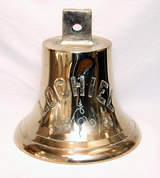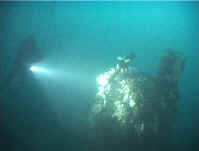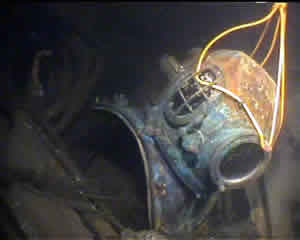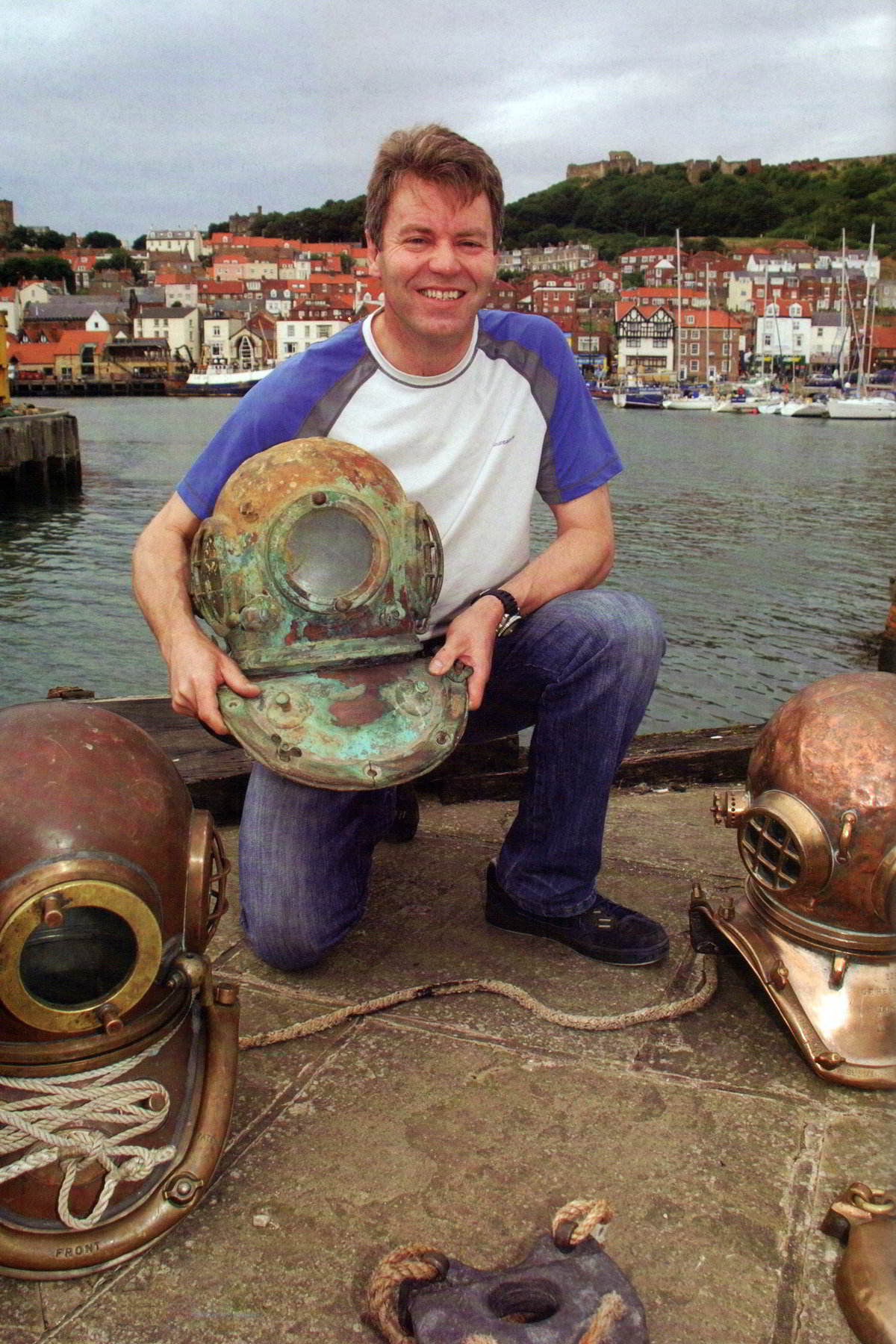
Subseatv
I have chosen to include this web page as it is dedicated to local divers and their exploration and efforts to positively identify North Sea shipwrecks. The information below is taken with permission from their original website and is included here to highlight the enthusiasm they have for this part of the Yorkshire coastline. It is hoped that the viewer will gain an insight into the teams work in the interim as their own website is upgraded. I think it is only fair to say that a large percentage of the material in the wreck guides from Ron Young is based around information that the team have provided to the "Hydrographic Department", and it seems only fair that they have an inclusion on this improved website.

The Yorkshire Coast has provided little refuge for coastal shipping over the ages and this combined with the activities of the Kaisers U Boat Flotillas of WWI has sealed the fate of hundreds of ships. Our diving season is short and runs only from June to October. Outside of this period the water takes on a look of Oxtail Soup with a heavy suspension of sediment. Even in summer, visibility in depths of less than 50 metres is very unpredictable. We have a tidal range of 5 metres and so our tidal slack water window is often as short as 45 minutes. Such conditions have conspired against the visiting diver, although we have had some success in recovering some fine ships bells. This has meant a surfeit of unexplored virgin wrecks for us to explore and in overcoming these obstacles and driving for these goals we have developed specialist diving techniques and gained experience that has uniquely prepared us for challenges elsewhere.
Even the long winter breaks have created a development opportunity as our research program came as a means of helping to feed the unfulfilled cravings to dive. Development of small and inexpensive video cameras revolutionised in-dive data collection and helped us maximize our relatively short bottom times.

The need to overcome the water conditions forced us to invent our own bespoke lighting systems to get the best out of what we have and low ambient light pushed us to use the best available cameras, like that used on the deep wreck photograph to the left.
The North Sea has battle hardened our skills, toughened our resolve and made us into a team that can get you a result wherever it is. There is no doubt that the play back of dive footage has vastly increased our capability to understand what we are seeing on the seabed. Of the many glimpses that television has given us of underwater life in the North Sea, one such memorable feature was the footage of the UB41, shown on BBC television Inside Out.
Subseatv is perhaps the culmination of 50 years diving experience in which possibly many thousands of man dives have been meticulously completed. It is perhaps fair to say that Subseatv has been instrumental in positively locating and identifying many the shipwrecks that litter the Yorkshire coastline including finding and identifying a number of elusive U-Boats.

The divers head a small dedicated team of serious wreck explorers who have collectively shared their knowledge, skill and experience to form Subseatv!
Subseatv have succeeded in entering the hostile environment that is the North Sea. Tides, deep water, poor weather and low visibility are just a few of the problems that have beset the team over the years and yet they have come back with footage of exceptional quality.
The physical and technical challenge of doing this should not be underestimated. As a test of how unique this is, you should consider how much quality footage from the North Sea is often seen?
Specialize in producing videos of shipwrecks; before diving the chosen shipwreck it is thoroughly researched. It is important to understand the sinking and the story behind it, only then is the shipwreck dived.
Underwater footage is collected using professional quality underwater cameras and lighting. Finally post production facilities allow Subseatv to produce broadcast quality videos or DVD's. The divers salvage helmet to the right was raised from the wreck of the Disperser, just one of our comprehensive DVD presentations. Subseatv are prepared to discuss working on special underwater filming projects, wreck and crew research as well as undertaking commissions that suit your needs.
The following trailer was prepared by Andrew to give some idea of his abilities.
Diving wrecks naturally develops a curiosity in the diver about the wrecks being dived and it is now nearly 20 years ago that Andrew first started creating paper based proformas in an effort to record information. This quest to chart history was passed down from Pete Lassey and Arthur Godfrey who were authors of the books Ship Wrecks of the Yorkshire Coast and Dive Yorkshire. The final tool added to the detectives tool box was passed on to us by our good friend Gordon Wadsworth. It was whilst watching his footage that it became apparent that the camera has no narcosis, it doesn't forget half of what it has seen and for the most part it does not deceive.
The task was seemingly endless and may best be described as a labour of love, some would say misplaced love at that! The goal was to identify as many of the Yorkshire Coast wrecks as possible by matching all the available historical information with the observations made on the seabed during the fleeting visits made to the bottom of the sea. Andrew and Carl held close to a thousand records and had meticulously recorded the original sources. This database isn't just a pile of words, it is backed up by digital photos of hundreds of artefacts recovered from the sites and numerous photos of ships in their prime.
The aim was to supply data sheets for wrecks on the Yorkshire Coast that could be e-mailed in a PDF format for a modest charge. It was accepted that further investigation work could be arranged on any wreck. With so much detailed information listed in Subseatv's database they are possibly the first port of call for divers interested in the Yorkshire Area? With so much experience between them; it is of little surprise that the CV of such a dedicated team has a list of ships bells recovered that confirms their status as perhaps the most active and dedicated team along this part of the coastline, a show and tell evening was held at the club house where the biggest collection of wreck memorabilia was just one privilege to be seen with well over 40 ships bells recovered from the seabed!

The original website was recently replaced a newer website which has seen the diving team evolve to one keen to preserve the heritage of the Yorkshire shipwrecks, a newer website was aimed more at presenting the filming activities and the DVD's available at the moment. Today the best source for viewing much of the work is YouTube.
The sad news that Andrew had passed away in 2019 was such a shock to the diving community. His work was definitley at its peak and his widely acclaimed work appeared in David Attenborough’s Blue Planet II, as well as on the BBC’s Springwatch, Autumnwatch and Winterwatch programmes and America’s National Geographic to name but a few.
© Colin Brittain 1999 - 2022